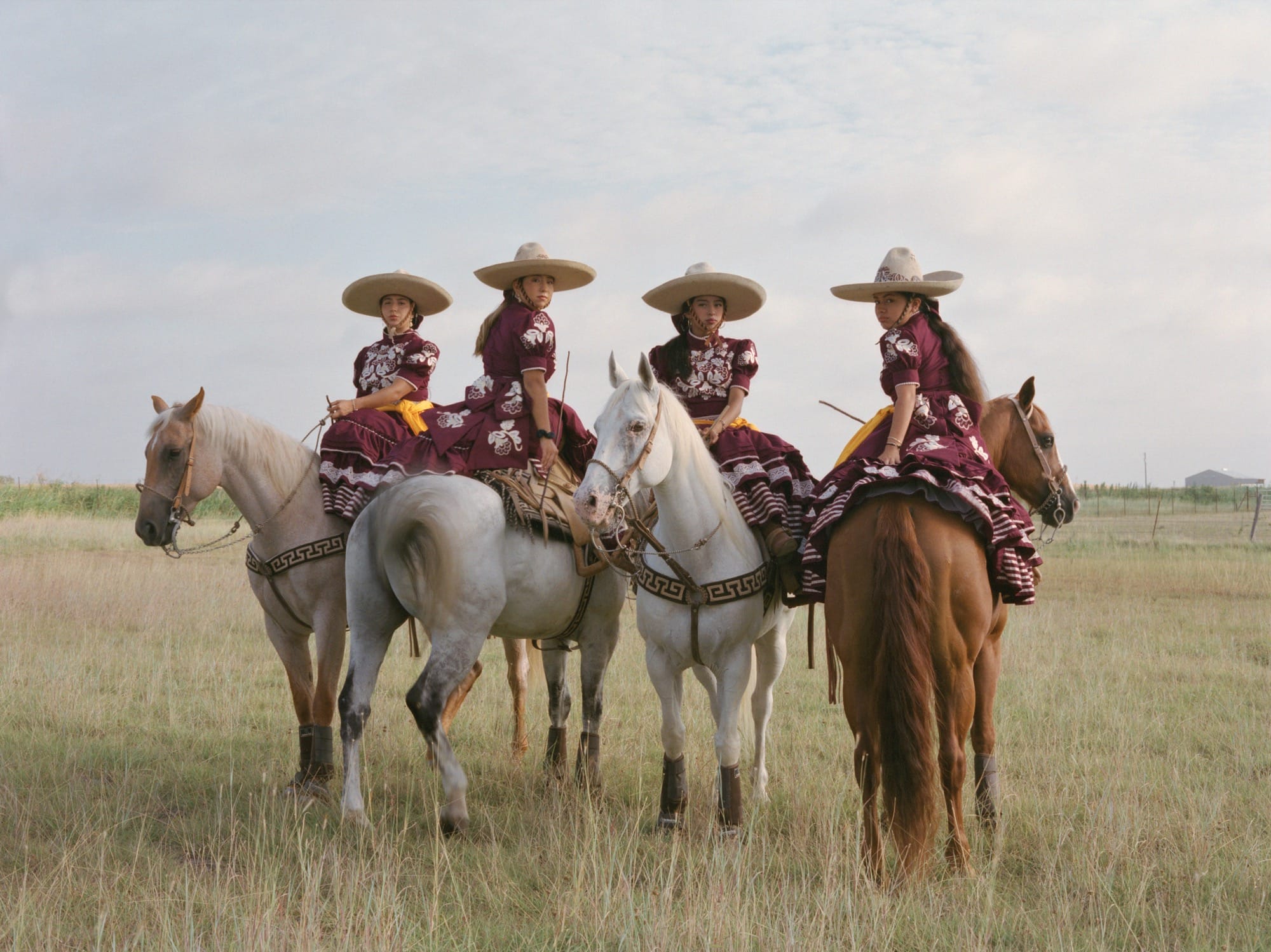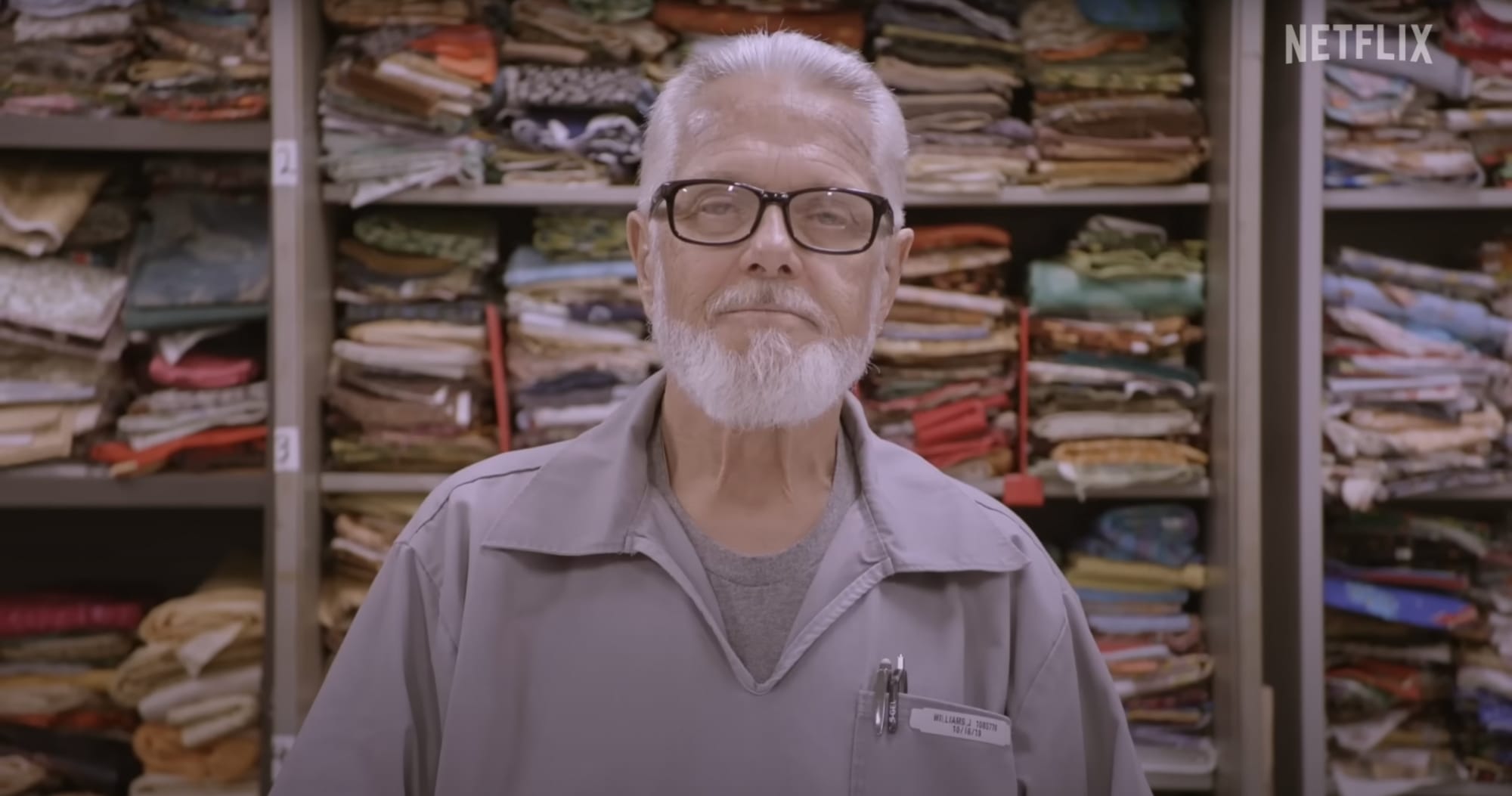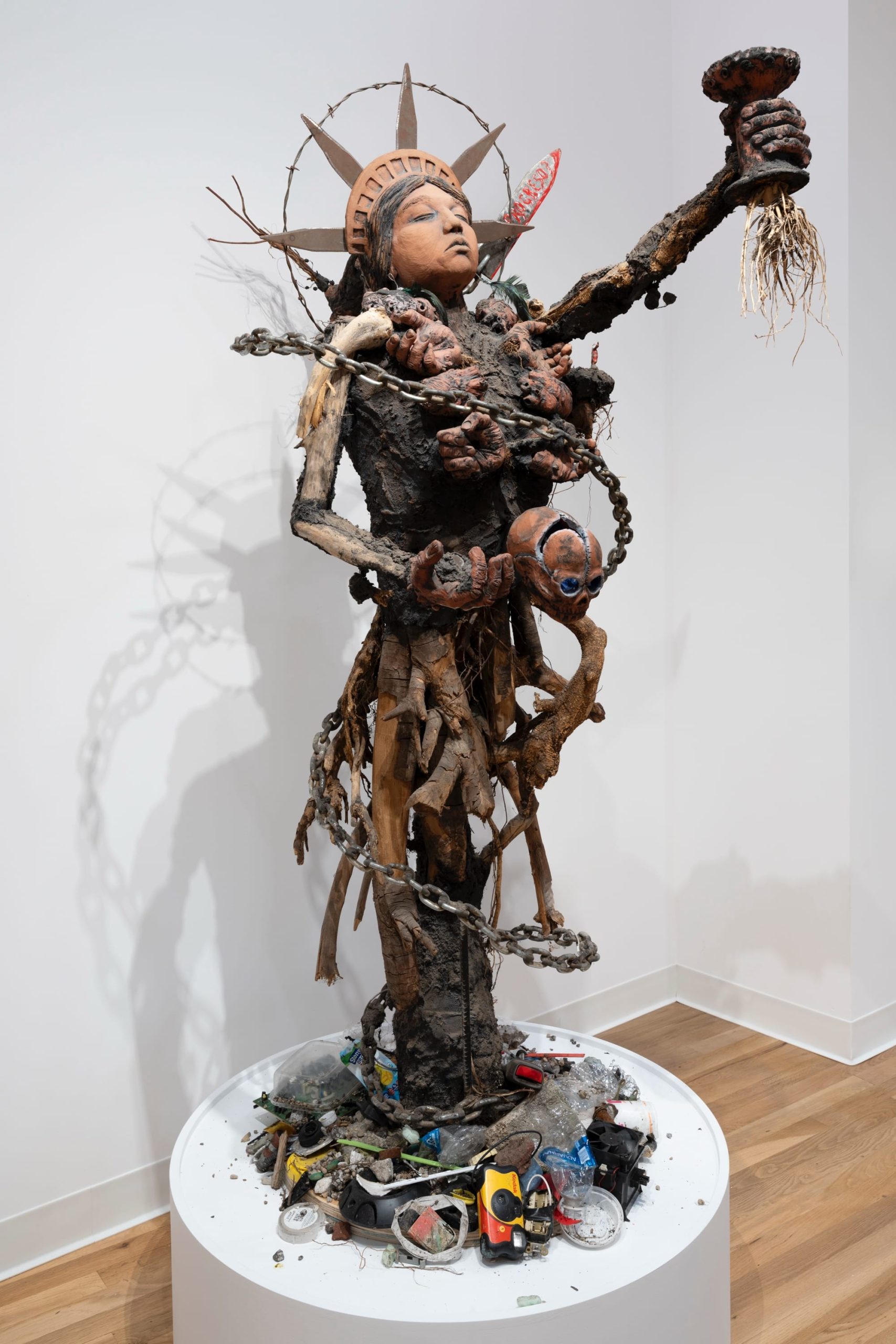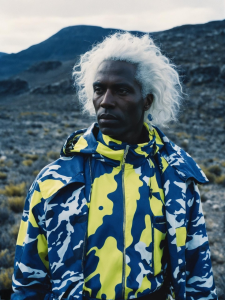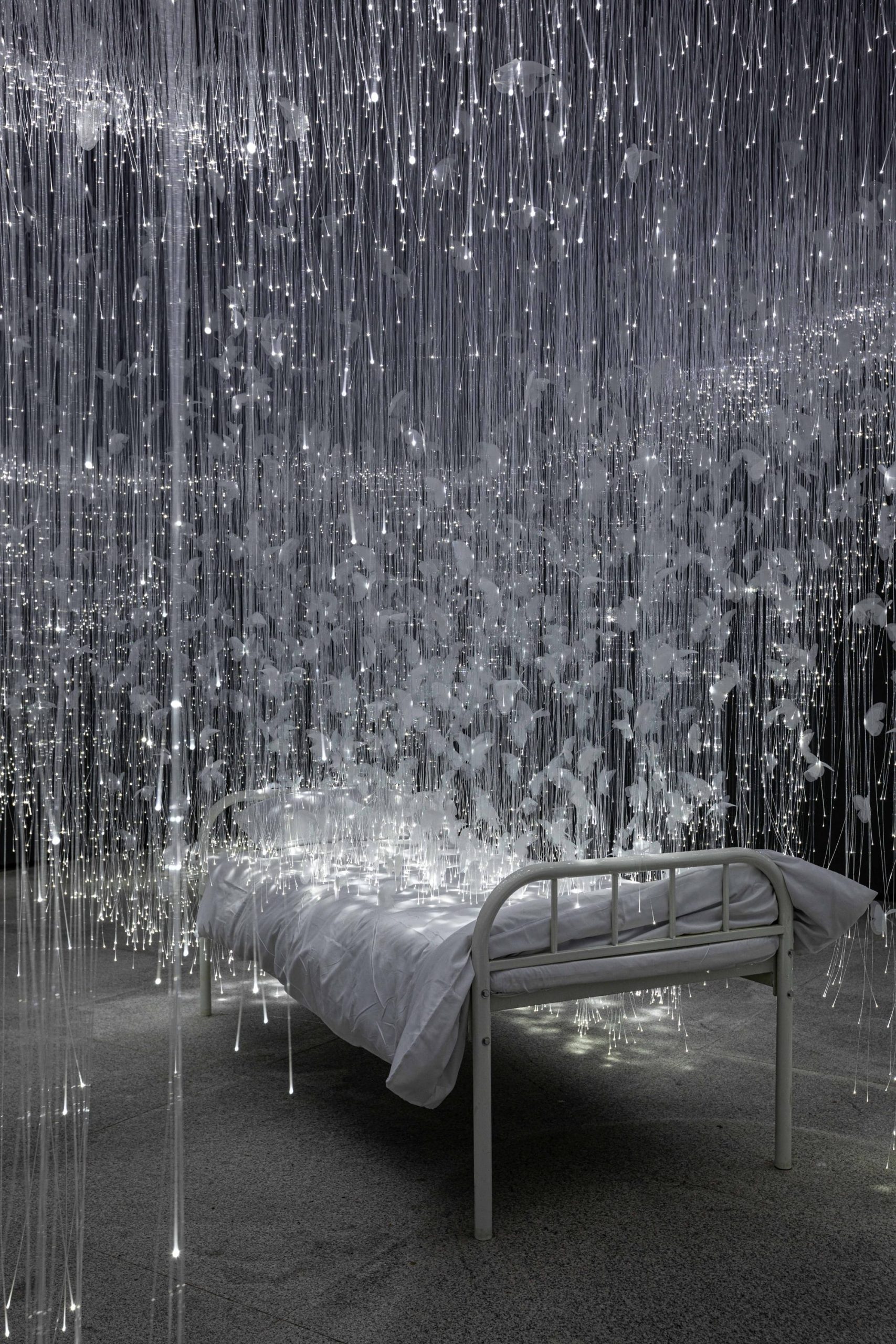Are you looking to learn how to create compelling visual narratives that captivate and engage your audience? Visual storytelling is a powerful tool that can help you convey your message effectively and leave a lasting impression. By combining strong visual elements, a cohesive storyline, and strategic use of color and composition, you can create visuals that speak volumes. In this article, we will explore the key strategies and techniques to help you master the art of creating compelling visual narratives.
Capture Attention with Strong Visual Elements
Visual elements play a crucial role in capturing the audience’s attention. They are the first thing that viewers notice and can make a lasting impression.
- High-Quality Images: Use sharp, clear images that are visually appealing and relevant to the content.
- Contrast and Balance: Utilize contrasting colors and balanced compositions to create visual interest.
- Typography: Choose fonts that are easy to read and complement the overall design.
- Whitespace: Incorporate whitespace to give visual elements room to breathe and draw the eye to key points.
Engage the Audience
Strong visual elements not only capture attention but also engage the audience on a deeper level. They can evoke emotions, convey messages, and enhance the overall user experience.
By incorporating strong visual elements into your content, you can create a visually compelling narrative that resonates with your audience and leaves a lasting impression.
Craft a Cohesive Storyline through Imagery
Imagery plays a crucial role in storytelling by evoking emotions, setting the mood, and conveying messages without words.
1. Choose images that align with the narrative:
- Select visuals that complement the storyline and enhance the overall message.
- Avoid using random images that may confuse or distract the audience.
2. Maintain consistency in visual style:
- Use similar filters, color schemes, or editing techniques to create a cohesive look.
- Consistent visuals help in establishing a strong visual identity for the story.
3. Create a visual hierarchy:
- Highlight key elements through size, color, or placement to guide the audience’s focus.
- Organize images in a way that leads the viewers through the narrative in a logical sequence.
4. Use symbolism and metaphors:
- Employ visual symbols to represent abstract concepts or emotions within the storyline.
- Metaphorical imagery can add depth and layers of meaning to the narrative.
5. Consider the pacing of visual elements:
- Balance the frequency and intensity of images to maintain engagement and avoid overwhelming the audience.
- Use visuals strategically to build tension, create pauses, or evoke specific responses.
6. Incorporate storytelling techniques in photography or design:
- Utilize techniques such as framing, perspective, or lighting to evoke specific emotions or convey a particular mood.
- Experiment with visual storytelling methods to make the audience feel connected to the narrative.
Utilize Color and Composition to Enhance the Narrative
Color and composition play a crucial role in storytelling, enriching the narrative and evoking emotions in the audience.
Color Psychology
- Emotional Impact: Different colors can convey various emotions and moods, influencing how the audience interprets the story.
- Symbolism: Colors can symbolize themes or characters, adding depth and layers to the narrative.
Composition Techniques
- Rule of Thirds: Dividing the frame into thirds can create a balanced and visually appealing composition.
- Leading Lines: Guiding the viewer’s eye through the image to emphasize key elements of the story.
Contrast and Harmony
- Contrast: Using contrasting colors or elements to make certain aspects of the narrative stand out.
- Harmony: Creating a cohesive visual flow that enhances the overall storytelling experience.
By strategically utilizing color and composition, storytellers can elevate their narratives, captivating audiences and conveying deeper layers of meaning.


